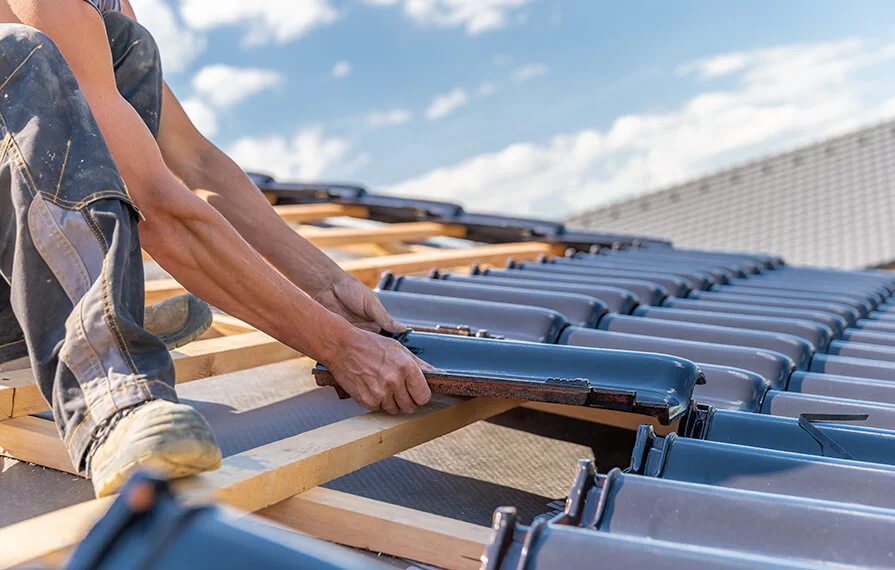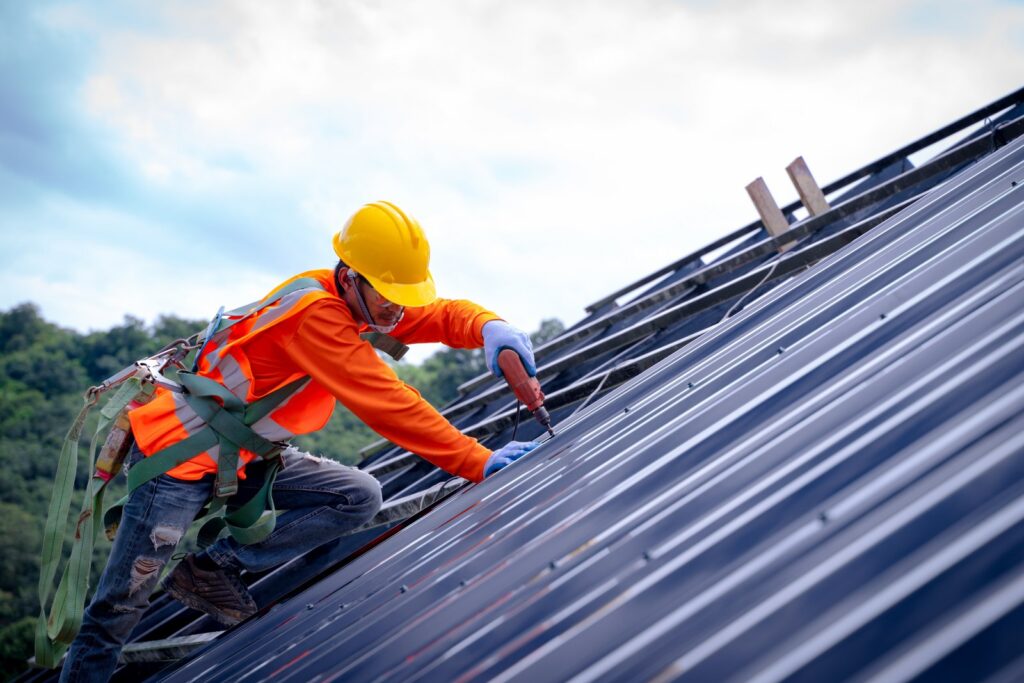A Comprehensive Guide to Effective Roofing Flat Roof Installation
The complexities of flat roof installation demand a meticulous approach, beginning with a comprehensive understanding of various level roof kinds and the vital materials required for ideal performance. A successful installation pivots not just on the choice of materials but additionally on the preparation and implementation of each action associated with the procedure. As we discover the critical points from preparation to maintenance, it ends up being obvious that ignoring even small information can considerably impact the roof's long life and efficiency. What particular strategies can ensure a smooth setup that withstands the examination of time?
Comprehending Flat Roofing Types
When taking into consideration flat roofs, it is crucial to recognize the different types readily available, as each offers distinctive advantages and downsides tailored to particular needs. The most usual types of level roof coverings consist of Built-Up Roof (BUR), Changed Bitumen, and Single-Ply membrane layers.
Built-Up Roof covering is composed of numerous layers of asphalt and gravel, supplying excellent longevity and weather resistance. It is especially beneficial in areas prone to serious climate problems but may call for even more maintenance because of its intricate construction.
Modified Bitumen is a prominent selection for its ease of setup and versatility. It usually employs a self-adhesive or torch-applied technique, which can be useful for fast repairs and long-lasting performance. Nevertheless, its life-span can be much shorter contrasted to BUR.
Single-Ply membranes, including Thermoplastic Olefin (TPO) and Ethylene Propylene Diene Monomer (EPDM), are acknowledged for their lightweight nature and energy effectiveness. These products are commonly favored for business structures as a result of their cost-effectiveness and convenience of installment (Cleveland Roofing Specialists). They may not give the very same level of insulation as various other options.
Each roof type requires cautious consideration based upon climate, budget plan, and details project requirements.
Necessary Products for Flat Roofing
A range of vital materials are critical for the effective installation of flat roof systems. The option of materials directly impacts sturdiness, efficiency, and general efficiency.
One of the key materials is the roof covering membrane layer, which can be built from various substances such as polycarbonate polyolefin (TPO), ethylene propylene diene monomer (EPDM), or PVC. Each type supplies special benefits, consisting of UV resistance and versatility, which are important for prolonged efficiency.
In enhancement to the membrane, insulation materials play a significant duty in energy efficiency. Inflexible foam boards or polyisocyanurate insulation are prominent choices, as they supply exceptional thermal resistance and wetness management.
In addition, roof adhesives and sealants are crucial for making sure a leak-proof installment. These products must be suitable with the chosen membrane layer to stop deterioration gradually.
Preparing for Installment
Appropriate prep work is necessary for a successful level roof setup, as it lays the groundwork for a efficient and durable roof. Begin by conducting a complete evaluation of the existing roof covering structure. Search for indicators of damages, including leakages, rot, or poor drainage, which might endanger the new roof system. Make certain that the underlying products are audio and can support the weight of the new roof parts.
Next, gather all required devices and products, making certain that they meet industry standards. This includes water resistant membrane layers, insulation, blinking, and bolts. Acquaint on your own with the supplier's specifications, as adherence to these guidelines is essential for guarantee functions.
Take into consideration weather condition conditions; avoid installment during heavy rainfall or extreme temperature levels, which can impact material efficiency. By taking these primary steps, you can boost the probability of a successful level roofing system installation that fulfills both structural and visual demands.
Step-by-Step Installation Refine
With the foundation developed through complete preparation, the next stage involves carrying out the level roofing system installment systematically. This step is critical for maintaining the roofing's honesty over time.
Following the vapor barrier installation, lay down insulation boards, ensuring they fit firmly with each other to lessen thermal linking. Safeguard the insulation with appropriate fasteners based on the roofing system type and regional structure codes - Cleveland Roofing Specialists.
Ensure proper overlap at sides and joints to create a watertight seal. Utilize adhesives, mechanical fasteners, or heat welding as needed. Lastly, set up blinking around borders, vents, and any kind of roof covering infiltrations to boost waterproofing. After setup, carry out an extensive assessment to identify any kind of possible concerns prior to wrapping up the project, guaranteeing a dependable and robust level roof covering system.
Maintenance Tips for Long Life
Routine maintenance is crucial to make sure the durability and efficiency of a level roof. Among the main jobs is to carry out routine examinations a minimum of two times a year, preferably in spring and loss. During these assessments, search for indicators of wear, such as sores, cracks, or merging water, which can indicate underlying concerns.

Making certain correct drainage is important to protect against their explanation water accumulation. Inspect and clear rain gutters, downspouts, and scuppers to assure unobstructed water flow. Furthermore, check seals around vents, skylights, and various other infiltrations for any signs of degeneration, using caulk or sealer as required to keep a watertight barrier.
Lastly, think about expert upkeep solutions every couple of years for detailed maintenances. By adhering to these maintenance suggestions, you can significantly expand the life of your level roof, ensuring it remains a dependable shield against the elements.
Conclusion
Reliable see post flat roof covering setup necessitates an organized method incorporating complete evaluations, product choice, and meticulous preparation. Sticking to the detailed actions during the installment process makes certain the appropriate application of roofing membranes and insulation while boosting waterproofing through efficient flashing setup.
The details of flat roof covering installation need a meticulous method, starting with an extensive understanding of numerous level roofing system kinds and the essential products needed for optimal performance.Correct preparation is vital for an effective flat roofing installment, as it lays the foundation for a reliable and resilient roof system. After installment, conduct a detailed examination to recognize any prospective concerns before wrapping up the job, ensuring a reliable and robust level roof covering system.
